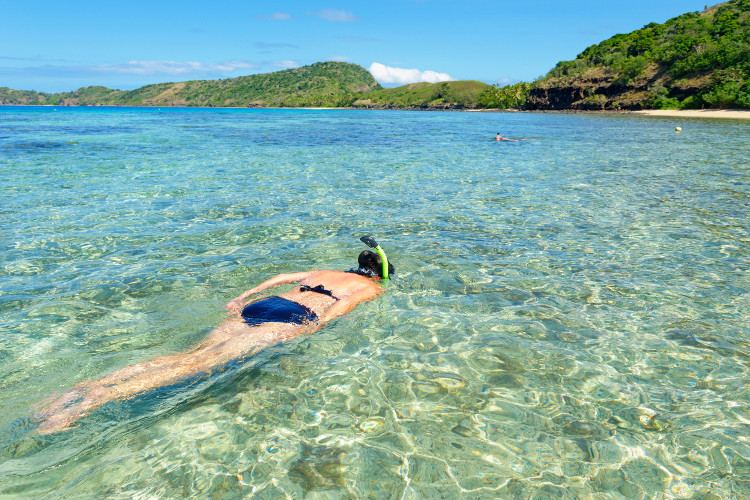
But there isn't just one Fiji, so which island holds your perfect tropical holiday? Here's the low-down on the main options:
The international gateway to the Fijian Islands, Viti Levu boasts a taste of everything the country has to offer from international caliber resort areas like all-inclusive and designer Denarau, to the mountain village of Navala where locals live in traditional thatched bure (huts).
Dive with resident tiger sharks in Beqa Lagoon, kayak or raft the Navua River, snorkel the outrageous reef at Nananu-i-Ra or simply bronze on the dazzling white sands of the Coral Coast on your beach towel - there is a lot to do (or not do) on this island.
The capital Suva is the largest South Pacific metropolis outside of New Zealand and worth a visit to see modern Melanesian life at its liveliest. Meanwhile Nadi, the main transport hub showcases the country's Indian heritage via sari shops and plenty of yummy curries.
Ah, the Mamanucas. Here is a near-perfect string of wee white sand isles that hover in blue water like some hallucination of paradise. Most are only an hour or so boat ride away from Viti Levu. The Mamanucas are such picture perfect islands that the film Cast Away was filmed on this chain's uninhabited Monuriki Island - visit it on a day trip.
Meanwhile famous surf spots like Cloud Break lure in wave riders and their families while Beachcomber Island is known as the reigning party resort island of the country. You're not going to get a whole lot of cultural bling out here but if you want reliably good weather, brag-worthy sand, waiters wielding cocktails and lots tourist of company, the Mamanucas are for you.
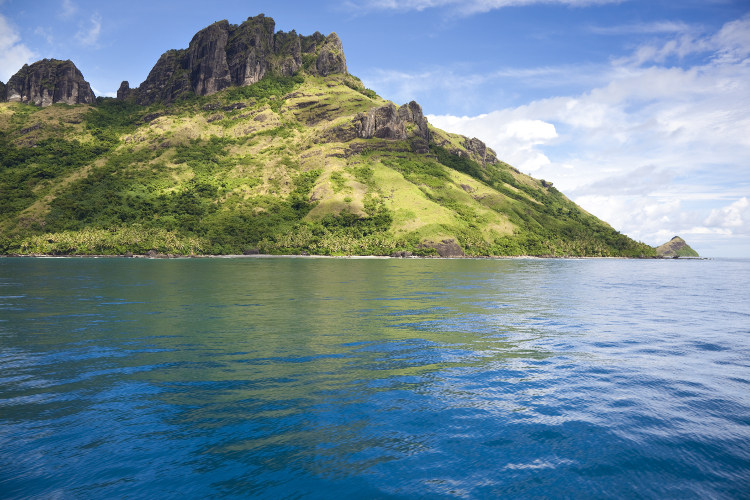 Volcanic Waya Island in the Yasawas / Image by Joachim Angeltun / Getty Images
Volcanic Waya Island in the Yasawas / Image by Joachim Angeltun / Getty Images
The Yasawas pick up the glorious tropical tail of the Mamanuca Islands and bring them north to more quiet and isolated bliss. A high-speed catamaran makes getting there from either Viti Levu or the Mamanucas a cinch and accommodation ranges from lush resorts to laid-back backpacker digs.
Sparsely populated, the land is relatively dry, the beaches white. While the Mamanucas got Tom Hanks, the Yasawas got Brooke Shields when the 1980 film Blue Lagoon was filmed here. Island hop, explore the clear dark waters of Sawa-i-Lau Cave and snorkel and dive yourself silly on gorgeous reef frequented by manta rays.
Levuka on Ovalau was once the capital of Fiji and today it's one of the only towns in the South Pacific boasting Wild West style colonial buildings. Outside of town, hike jungle-clad mountains and undeveloped coasts of traditional villages.
Despite the fact that this main island and its dozen or so smaller sisters lie so close to Viti Levu, few visitors make it out here. Islands like Leleuvia, Naigani and Koro have very low-key resorts on lost-feeling alabaster beaches, while Wakaya hosts the Wakaya Club, one of the country's most exclusive and beautiful resorts.
Remote and authentic yet easily accessed by plane or ship from Viti Levu, Kadavu is one of Fiji's best off-the-beaten-path assets. Eco-adventurers will find happiness at the dozen or so resorts that grow their own organic produce and work in tune with the local villages.
Anywhere you stay you'll have to get there by boat from the main village passing by prehistoric-looking jungle coves chirping with rare and colorful endemic birds. The east part of the island is fringed by the Great Astrolabe Reef, the fourth largest barrier reef in the world, renowned for its cavern and tunnel-filled underwater landscapes, manta rays and phenomenal fishing.
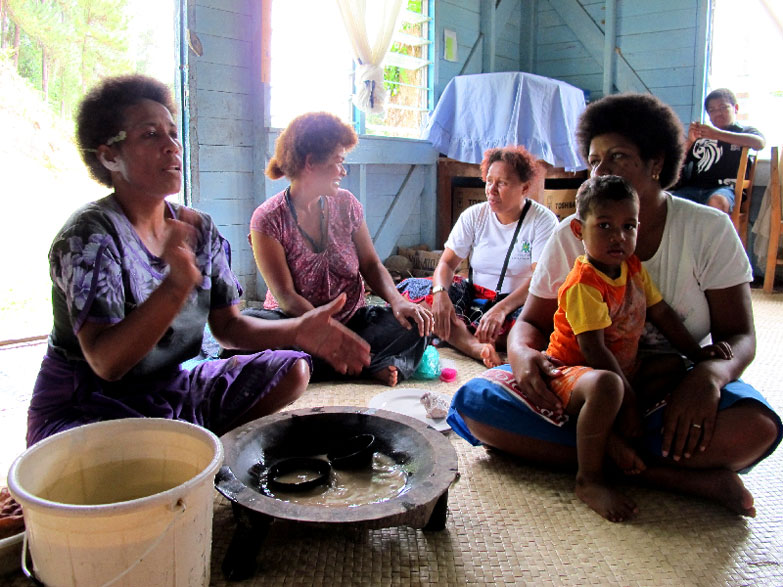
High waterfall-strewn peaks are contrasted with bucolic lowlands of sugarcane and coconut plantations on hard-working, relatively untouristed Vanua Levu.
The main, flower-filled and vaguely colonial settlement of Savusavu attracts sailors with its sheltered green bays and small selection of decent shops, bars and restaurants. Outside town are miles of near-empty beaches, some with resorts, some fronted by traditional villages and others only surrounded by jungle. Rent a 4WD and explore the wilds.
Divers in the know make the pilgrimage to the Rainbow Reef famous for its forests of soft corals. Even more dedicated divers go to the nearby Namena Marine Reserve for the country's most pristine waters.
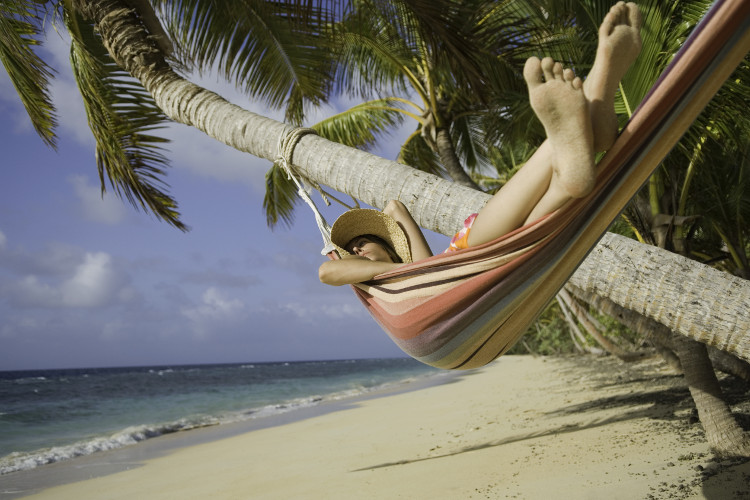 Hammock time on Namenalala island / Image by Darryl Leniuk / Getty Images
Hammock time on Namenalala island / Image by Darryl Leniuk / Getty Images
Rightly know as the 'Garden Isle', Taveuni is the most lush, tropical-flower-laden, waterfall heavy and hiking friendly island in Fiji. Most of the forests are protected and there are peaks to ascend and coastlines to wander. A highlight is the Lavena Coastal Walk that follows the forest's edge for five kilometers along white and black sand beaches and villages to a lush waterfall.
The Rainbow reef (see Vanua Levu above) is also accessed from Taveuni and smaller offshore islands like Qamea and Matagi hold resorts on stunning remote white sand beaches. Everywhere you go you'll find accommodation for all ranges from super-luxe to backpacker fun.
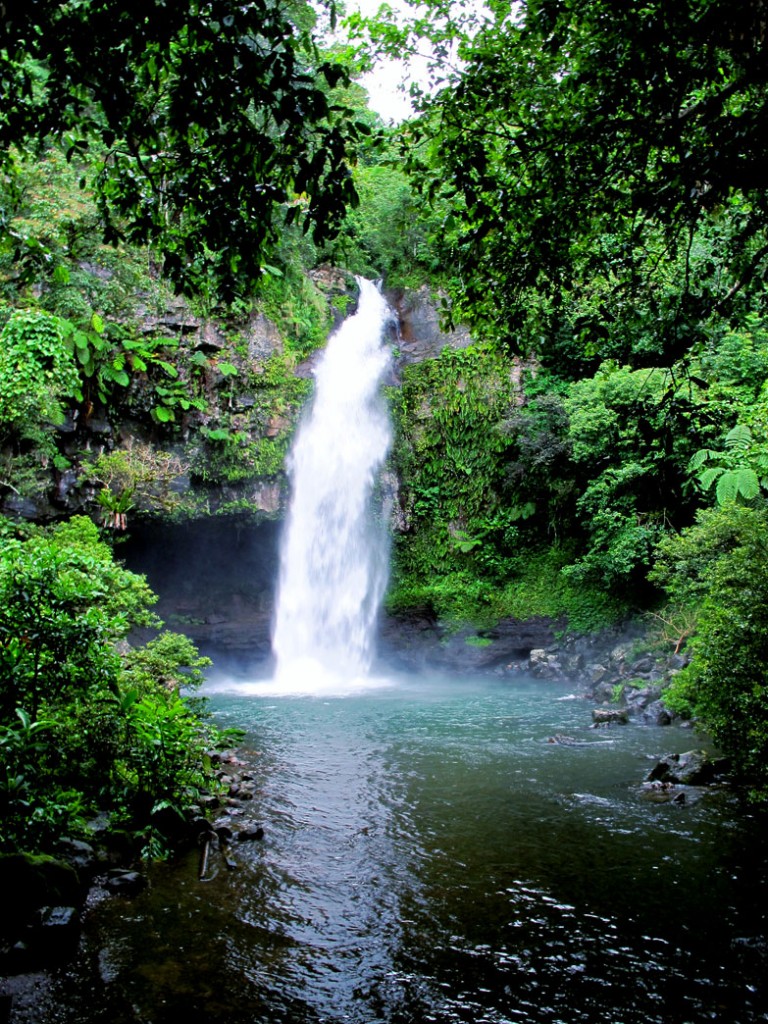
Want to get way, way out there? The Lau and Moala Groups are Fiji's last frontier, virtually un-touched by tourism. Flights and boat services are few but with time, a sense of adventure - and even better a sailboat - it's possible to explore these friendly paradises of fluorescent blue waters, traditional villages and virgin jungles.
This article was originally published on 15 March 2013.